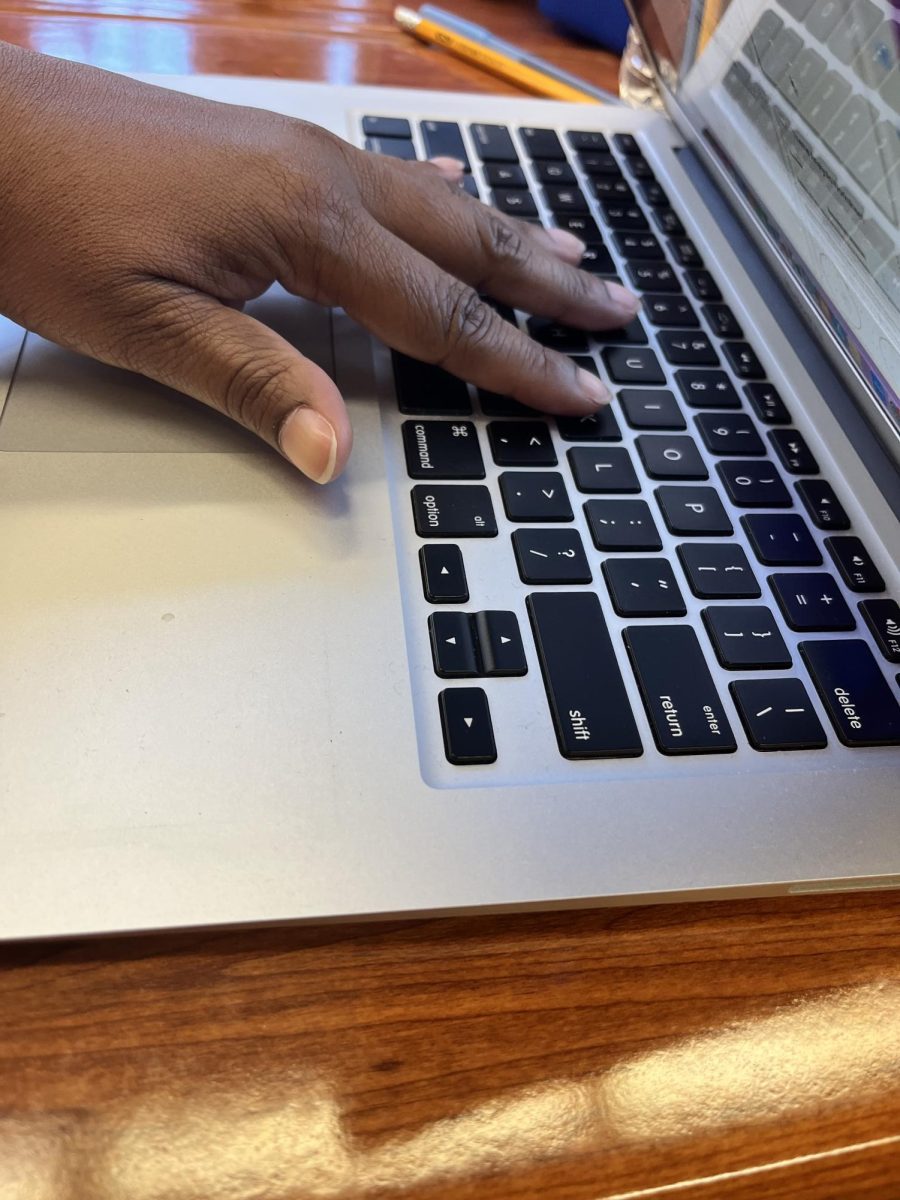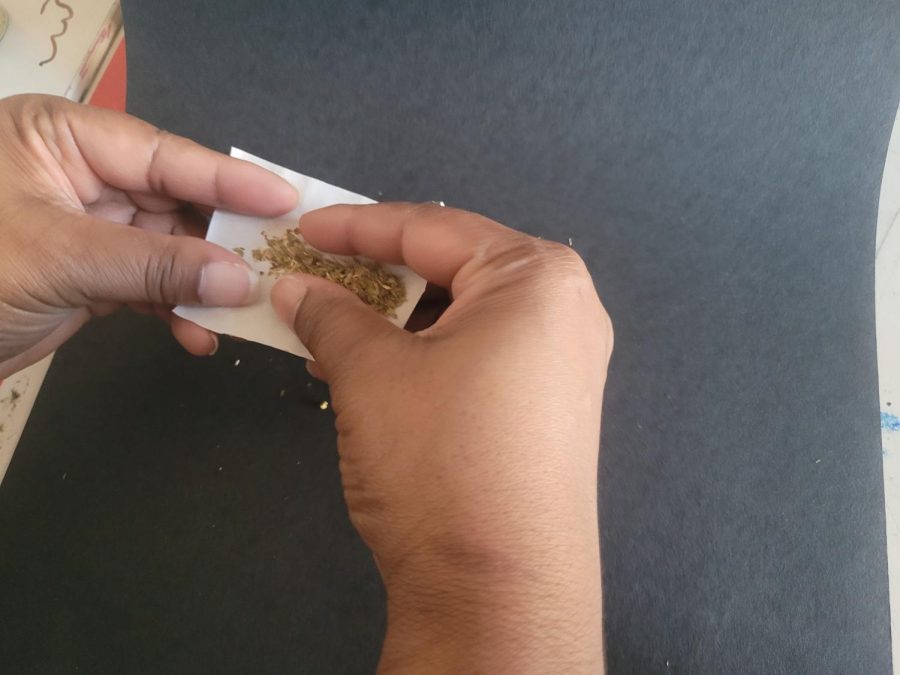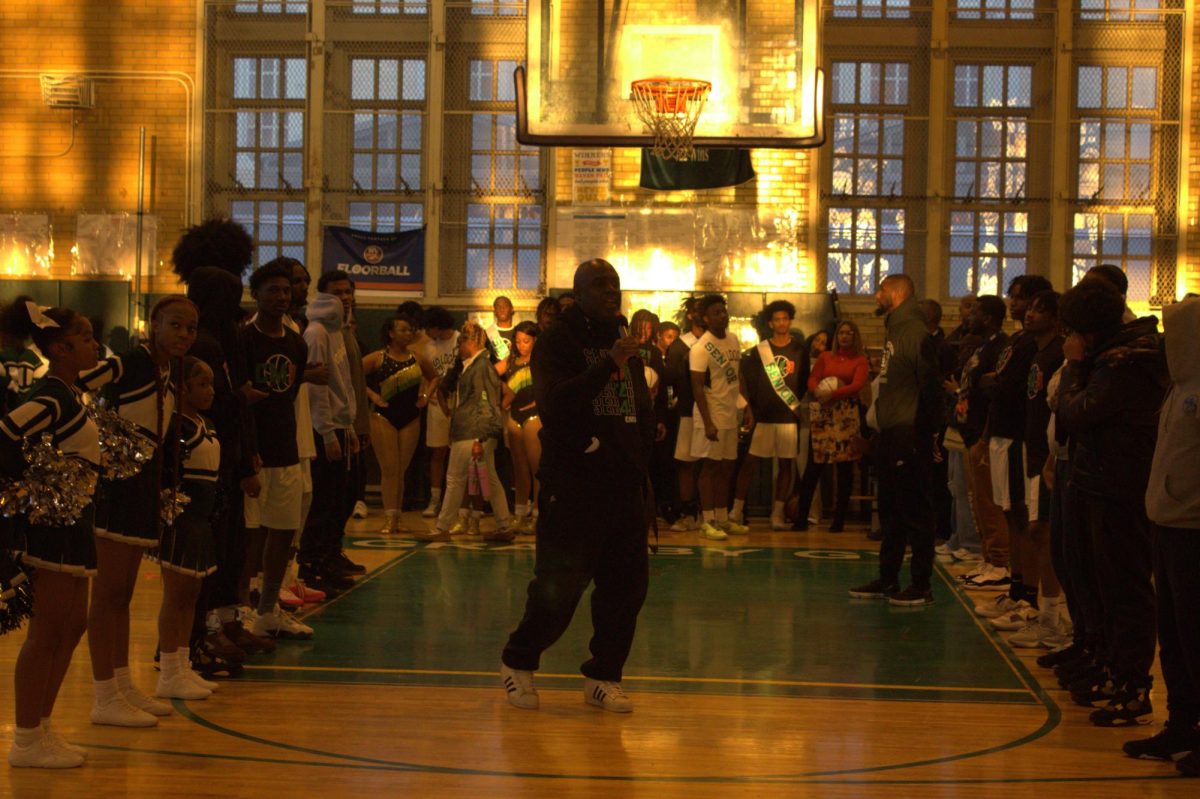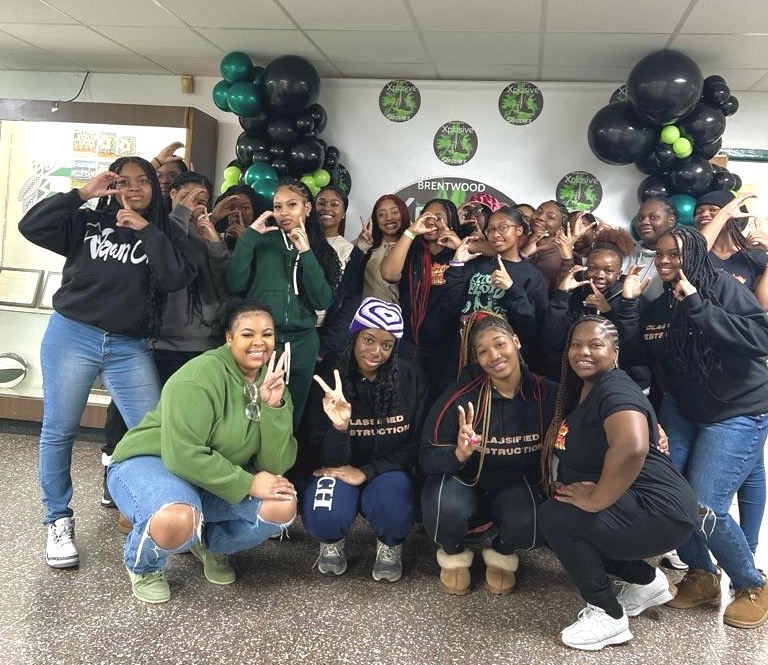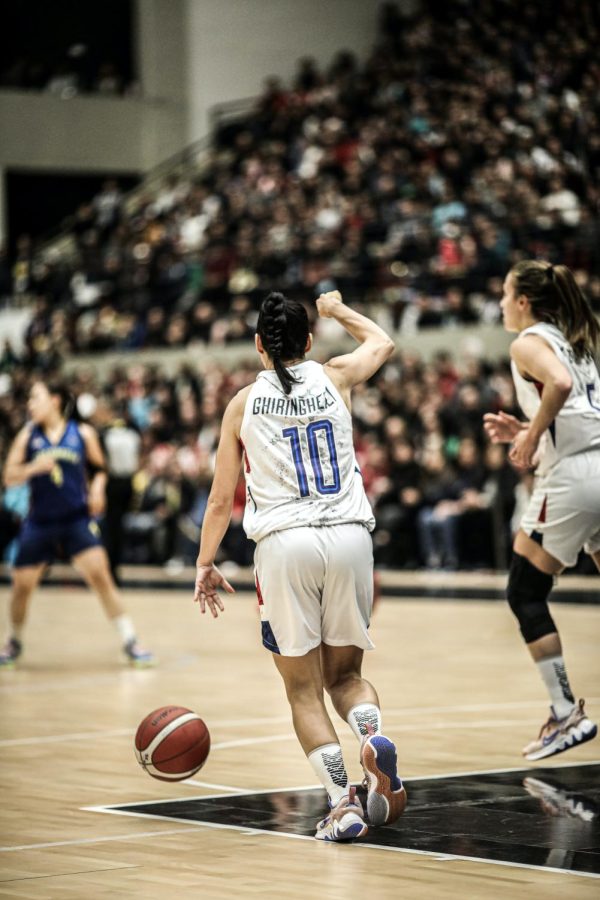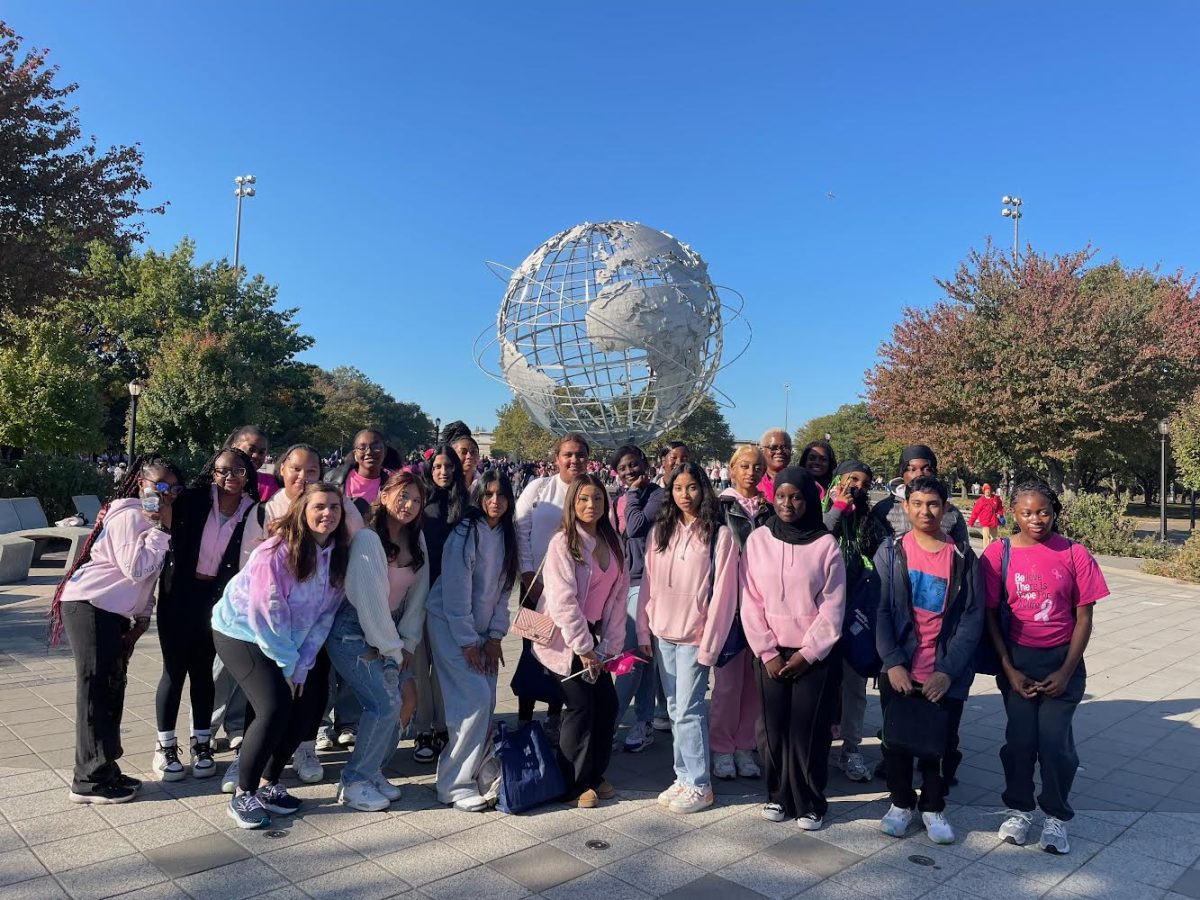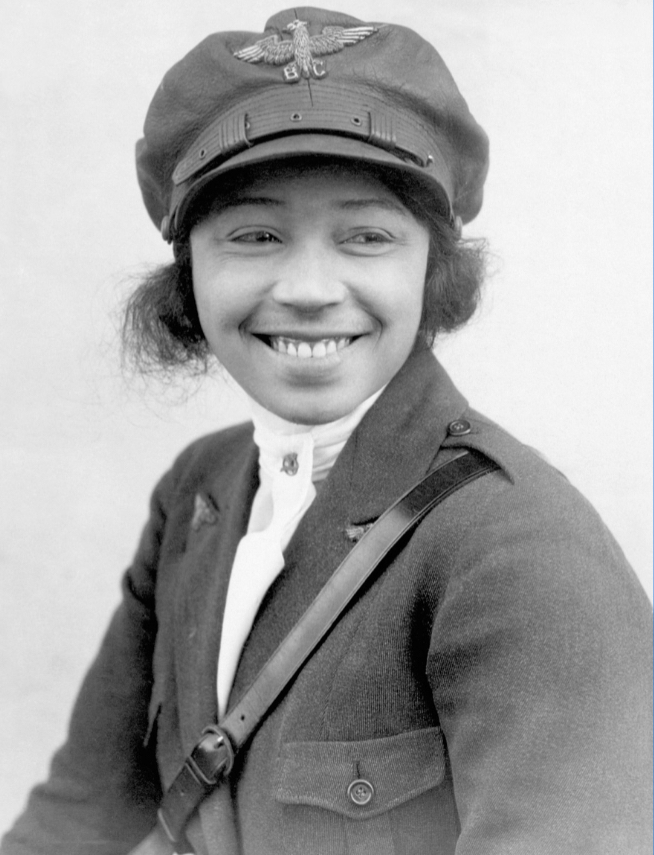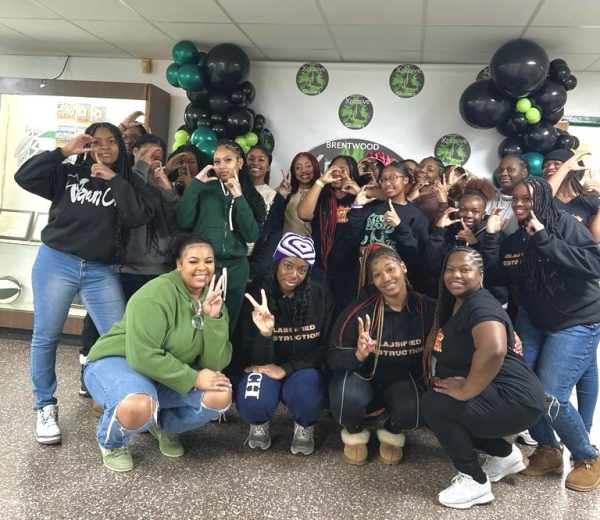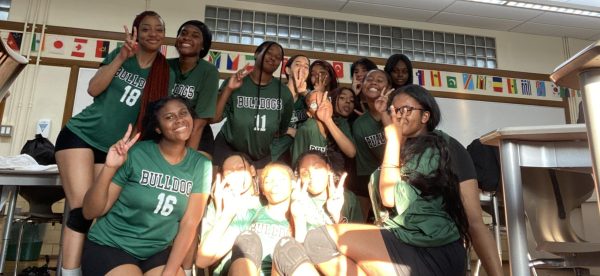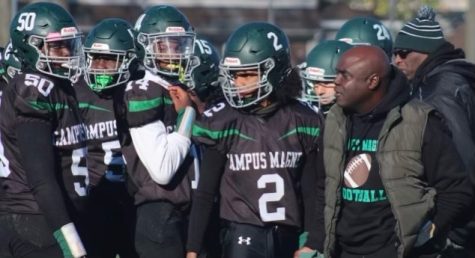Sexism or Just Business
The curtain rises. There’s cheering, chanting so loud that you hear the sound through the gym doors. Walking in, you see packed bleachers; you struggle to find a seat. The crowd suddenly erupts in cheers and excitement at the sight of a simple layup. The cheers continue as the players sprint across the court. Oh! So, this is what the boys’ basketball games are like at Campus Magnet, you think, but then the scene switches. The curtain rises again. There are very few people in the bleachers and it’s so quiet, you can hear a pin drop. The girls’ sneakers squeak as they hit the court, but there is not much excitement. They will get a little cheer here and there, but a simple layup in the girls’ match never gets the amount of cheering that it does in the boys’ match.
This is how it is in the gyms of Campus Magnet, but it is also true in other areas of women’s sports where female athletes’ hard work is continuously unseen. Such sacrifice for little recognition is difficult to understand as we view the unfairness between women’s and men’s athletics.
A prime example of this are the NCAA basketball seasons. Nearly 90% of the NCAA’s revenue comes from the Men’s Tournament. These male athletes are, in turn, rewarded due to how they excel and are often the face of sports. Audiences gravitate towards them more, though audience opinion surely isn’t an opportunity for women to be paid less and treated worse than men in any area of sports.
One may argue that men should be paid more because their attendance and cost of tickets are higher. However, let’s say what this idea truly means. It is saying that one might make a case from a business standpoint that men ought to receive a larger advantage and payout due to their good scores, attendance, and ticket cost. This is just opinion at the end of the day, however, considering women college teams can’t easily get paid either way. Despite anything cost or audience approved related, men are set up to earn more by the system. As stated by nbcsports.com, “Stanford, the women’s national champion in 2021, got no money for making the tournament field. None of the 68 teams this season will either. Sending money to the women’s programs is something that has to go through a handful of committees for the NCAA to make that happen. It’s easier to pay the men thanks to the NCAA’s deal with CBS and Turner contract. The original contract averaged $770 million per year with an extension in 2016 jumping that per-year average to $1.1 billion in 2025.”
This is crazy, I know, as it goes to show that no matter what the women do, they simply cannot win in terms of getting the respect and payment they deserve. While women are a prominent factor in college athletics, there is little given to them for their hard work put into tournaments compared to the male basketball team, that is. In other words, they get little or nothing in return for their efforts every time and it just makes me think, when will these policies change?
Basketball is not the only sport impacted by blatant sexism. Tennis features some well-known names and strong players overall, but they have had to work twice as hard to establish their names as men have. According to insider.com , “On Thursday, the 19-year-old Kostyuk highlighted that gap on Twitter by sharing screenshots of the prize money from two Tour 500 level tournaments – one men’s and one women’s. The figures show that the prize money for winning this year’s ATP Halle 500, a men’s tournament, is $418,000, while the prize money for winning last year’s WTA Berlin 500, a women’s tournament, was just $58,000 – an 87% difference. ‘Are we really that bad?’ wrote Kostyuk alongside the images.”

Now we all know that women in sports are truly amazing and capable, they have proven themselves time and time again. For a female athlete to be questioning her ability due to how much she is recognized or paid, shows just how much the policy of how female athletes are treated needs to be forever changed. Even when the women have outdone the men in accomplishments, the men continue to surpass in aspects of reviews, and acceptance by the public.
That being said, it all starts in high school, when someone has a dream. In this instance it starts in Campus Magnet. It needs to be acknowledged that little to no people show up to the girls’ games despite the hard work of these players. They have won games time and time again with little applause in the crowd when the shot clock hits zero. Simply going to a girl’s or women’s basketball game to show support will allow the game to reach new heights and garner new audiences. We know that the lack of recognition of female athletes doesn’t stop in high school, but may follow these players all the way to the pros. These athletes work hard, and their work deserves to be seen. Only then may you judge if this is an issue of sexism or if it is just business.
Your donation will support the student journalists of Institute for Health Professions @ Cambria Heights. Your contribution will allow us to purchase equipment and cover our annual website hosting costs.

Hi, My name is Ashay Muirhead. I am a 10th grader at the Institute for Health Professions at Cambria Heights. I love anything creative, hence why I chose...
